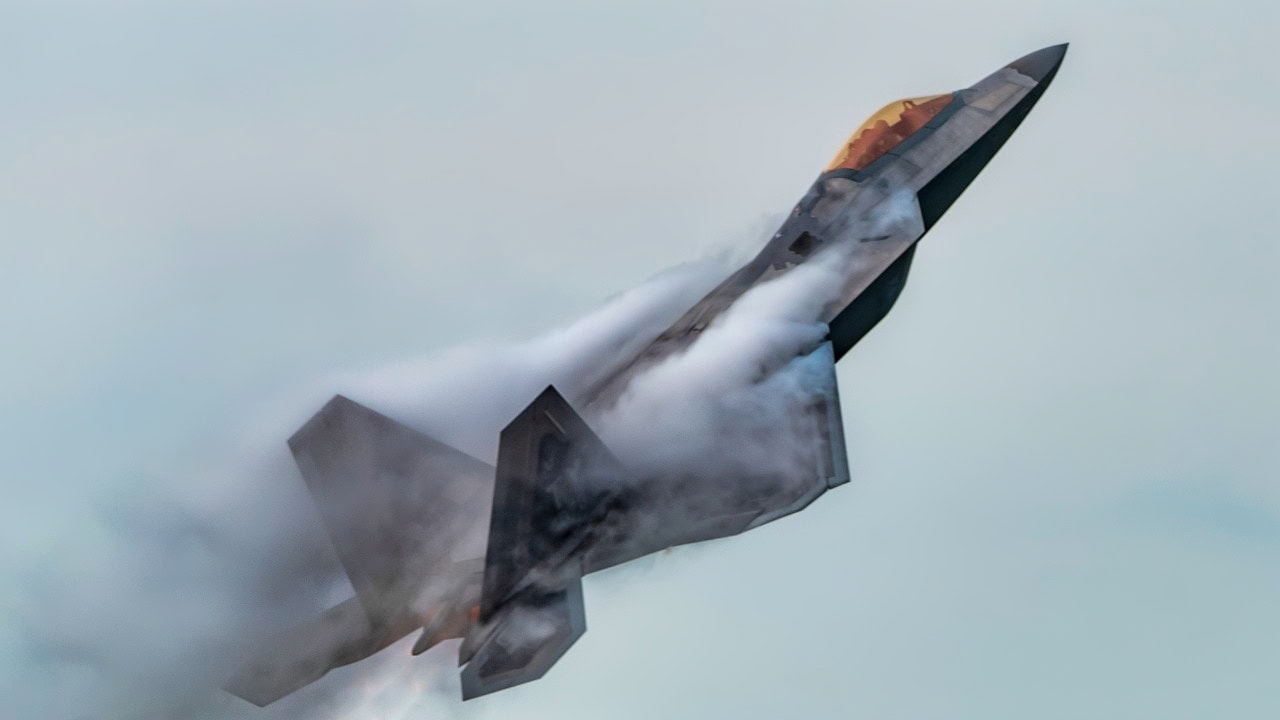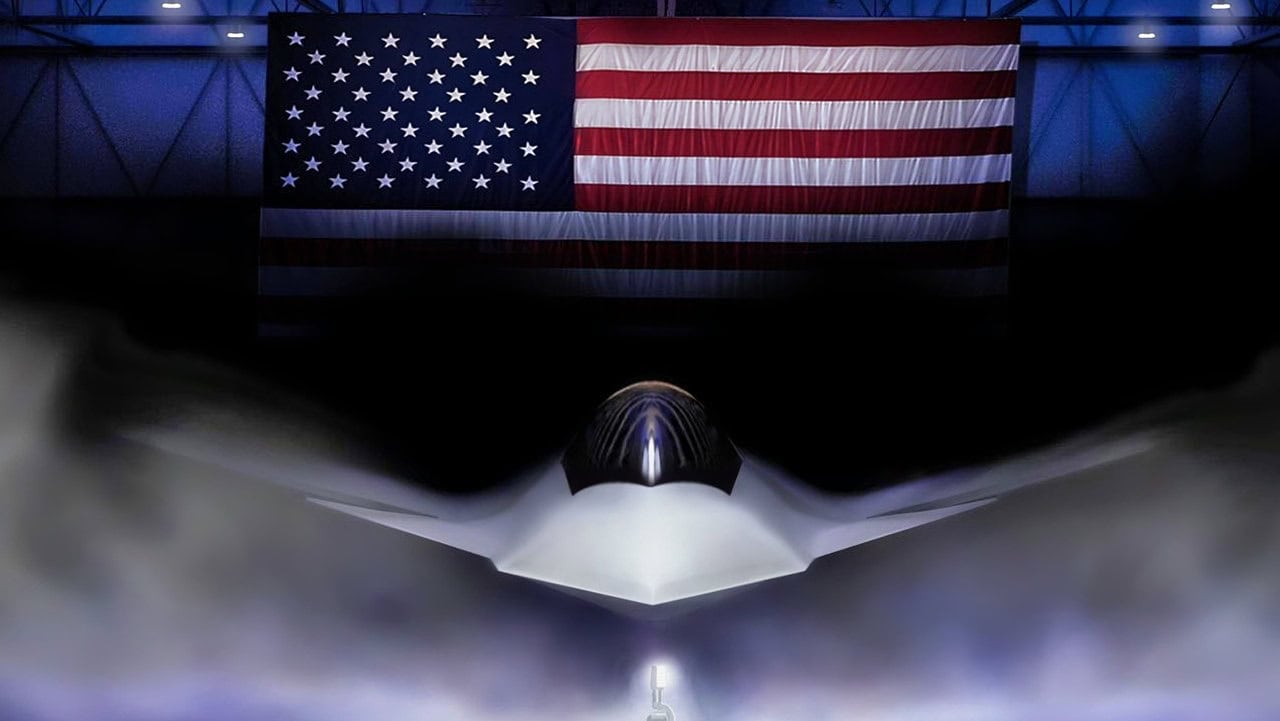Summary and Key Points: The Boeing F-47, centerpiece of the U.S. Air Force’s Next Generation Air Dominance (NGAD) program, marks a pivotal shift from single aircraft platforms to networked, integrated air combat systems.
-Announced by Donald Trump and awarded to Boeing, the F-47 will serve as a “drone quarterback”—a stealth fighter commanding autonomous drones (Collaborative Combat Aircraft, CCAs) in contested airspace.
-This aircraft won’t simply fly solo missions; it will coordinate a networked combat environment in real-time, pairing human judgment with autonomous technology.
-While questions remain regarding affordability, drone autonomy, and system reliability, the F-47 represents America’s next strategic step to ensure air dominance.
The F-47 Fighter Will Be a Revolutionary Warplane for the U.S. Air Force
The recent award of the Air Force’s Next Generation Air Dominance (NGAD) contract to Boeing – announced not by the Pentagon, but by President Donald Trump himself – marks more than just the start of another high-stakes, high-cost procurement cycle. It signals the beginning of a real shift in the technologies at the heart of aerial combat: a shift from fifth-generation platforms like the F-35, focused on individual aircraft capabilities, to sixth-generation systems built around integrated, networked air combat systems. At the center of that transition will be the F-47 – the first sixth-generation stealth fighter, now confirmed as the crewed centerpiece of the NGAD program.
Why the Boeing F-47 NGAD Is So Important
To understand the F-47, it has to be seen in context. NGAD isn’t a single airframe. It’s a “system of systems” – an ecosystem of crewed and uncrewed assets designed to operate together in contested airspace. The role of the F-47 is to lead the pack, as it were, commanding and coordinating a suite of technologies, most notably uncrewed autonomous drones known as Collaborative Combat Aircraft (CCAs). The idea is simple: future air superiority will hinge less on one aircraft doing it all and more on a coordinated team of platforms doing different things extremely well.
That’s where the concept of the “drone quarterback” comes in. The F-47, while a highly capable stealth fighter in its own right – with long-range strike capacity, advanced sensors, and survivability – is ultimately designed to act as a command-and-control hub in the skies.
The pilot won’t just be flying a jet; they’ll be managing a complex battle network in real time.
Instead of the solo combat air patrols that defined earlier generations, the F-47 will coordinate a dynamic, multi-node fight – assigning tasks, updating objectives, and using data from its autonomous wingmen to make split-second decisions across the battlespace.
That’s the essence of the drone quarterback idea: pairing human judgment with autonomous flexibility and scale. Now that vision has a name, the F-47, and a contractor, Boeing.
Boeing’s win isn’t just about designing a better stealth platform. It’s about building the aircraft that can command and survive in the digital battlespace of the future. And the demands will be extreme. The F-47 is expected to operate deep inside contested environments, facing dense air defenses, advanced anti-access/area denial (A2/AD) systems, and pervasive electronic warfare. The Air Force can’t meet that challenge with legacy thinking.
That’s why the F-47 matters. It’s not just the follow-on to the F-22 or F-35 – it represents a different kind of airpower. The move from platform-centric to network-centric warfare means that command, coordination, and connectivity are now the keys to air dominance.
NGAD, in that sense, isn’t really about a single fighter jet. It’s about changing how the U.S. projects power in the air. And the F-47 is designed to be both the brain and nervous system of that new aerial power projection capability.
The Cost Factor on This Fighter
Of course, there are serious hurdles ahead. At an estimated cost of over $300 million per aircraft, the F-47 won’t be cheap.
That raises tough questions about scalability – how many can the Pentagon realistically buy; and sustainability – can the Pentagon maintain and support these aircraft over time?
The NGAD model, with its blend of a few exquisite crewed fighters and a larger force of cheaper, expendable drones, is supposed to answer that.
But the drones themselves are still mostly conceptual. The entire vision hinges on getting them developed, tested, and integrated quickly – and on the F-47’s ability to command them effectively and reliably in combat.

U.S. Air Force Maj. Paul Lopez, F-22 Demo Team commander, pulls into the vertical during the Battle Creek Field of Flight air show July 7, 2019. Maj. Lopez has over 1,500 hours flying both the F-15 Eagle and the F-22 Raptor and is in his second year as the commander of the F-22 Raptor Demonstration Team. (U.S. Air Force photo by 2nd Lt. Samuel Eckholm).
Then there’s the autonomy issue. Just how independent will these drones be? Will human pilots retain veto power over lethal decisions? What happens if communication is lost mid-mission? Can the system guard against jamming, spoofing, or algorithmic failure?
These are not minor technical questions – they go to the heart of the whole drone quarterback model.
The F-47 Means Great Power Competition Is Back
Still, despite those risks, the F-47 is the best bet Washington has to maintain air superiority into the 2030s and beyond. Great power competition is back, and that means confronting peer adversaries with peer capabilities—not just in aircraft, but in air defenses and electronic warfare.
The answer can’t be to double down on legacy platforms or try to stretch another decade out of the existing fleet. It has to be something new. That’s what NGAD aims to deliver, with the F-47 at its core.
The real test now is speed. The Air Force – and the Pentagon as a whole – needs to move with urgency. Boeing’s selection gives the program a focal point, which should help. But the F-47 needs its drone team, and that team needs doctrine, training, and serious testing. And all of this has to come together sooner rather than later.
Whether that happens remains to be seen. But one thing is clear: the age of the drone quarterback has arrived. Whether the U.S. leads that era – or gets left behind – won’t depend on imagination or ambition. It’ll come down to execution.
About the Author: Dr. Andrew Latham
Andrew Latham is a non-resident fellow at Defense Priorities and a professor of international relations and political theory at Macalester College in Saint Paul, MN. Andrew is now a Contributing Editor to 19FortyFive, where he writes a daily column. You can follow him on X: @aakatham.

